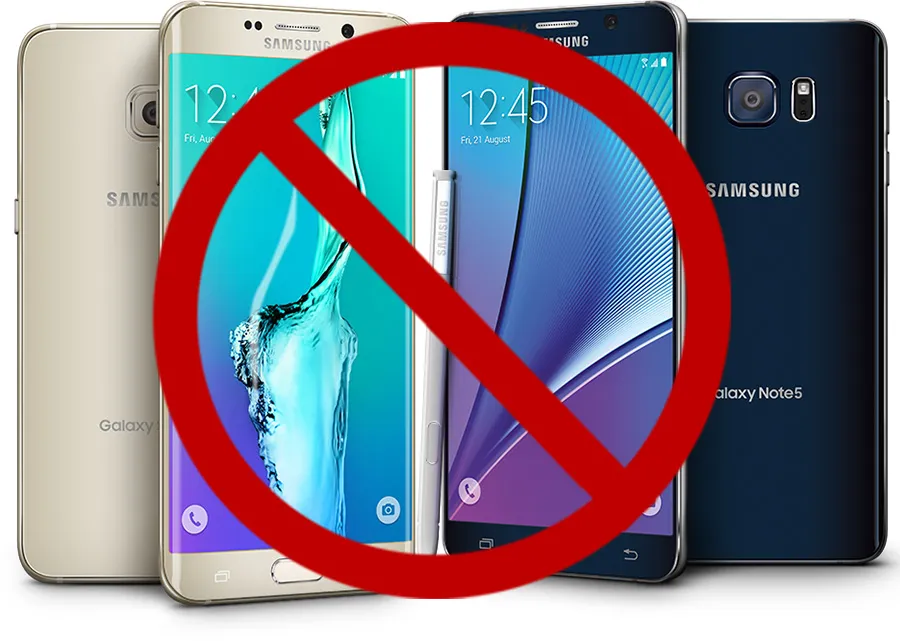Straight from Oculus CTO John Carmack comes the advice, “If you are considering buying a phone for VR, you might want to hold off until after Oculus Connect for relevant information.”
In other words, don’t buy Samsung’s latest crop of phones, the Note 5 or Galaxy S6 Edge+, for virtual reality. And for that matter don’t buy the Galaxy S6 or S6 Edge. At least, don’t buy them before getting more information at Oculus Connect. The developer conference runs from September 23 to 25. Carmack also made clear in a separate tweet that Gear VR announcements would come at the conference.
While these tweets will at least help keep enthusiasts from making a mistake by buying the wrong phone for VR it also raises lots of questions about what precisely Oculus has planned for mobile VR. The expected consumer version of Gear VR was notably absent from the announcement of Samsung’s newest phones.
While mobile VR might be inferior to the Rift for high-end games the wireless experience is more shareable because you’re not tethered to a desk or table and you can more easily pass around VR and show others. Oculus has been hiring computer vision experts and is in a race with Google and others to solve the hard technical problem of position tracking a wireless headset. For example, the existing “Innovator Edition” Gear VR headsets can’t simulate leaning or bending. That severely limits what experiences developers can build for the hardware.
One route Oculus can pursue for mobile VR could resemble what GameFace Labs is producing. Industry pioneer Tony Parisi outlined in June how this all-in-one mobile solution would differ from VR that relies on a separate phone:
What I would buy, and what nobody seems to be building, is a dedicated VR appliance: the display, headset and brain are all in one unit that’s basically a phone without the 4G. It can’t make calls, but it can do WiFi to download everything. It has sensible, ergonomic input accessories bundled with it. Under the hood, it’s probably just Android or iOS (or Windows 10 mobile, maybe? hint hint) with a VR shell. And it just works. I would lay out a cool $500 for this product. I’m sure many, many other early adopters would. Then, a few years out, legions more would take the plunge when the price drops to $300.
The next few months will be undoubtedly exciting for VR enthusiasts but it could also be costly as new mobile VR solutions debut and the Vive and Rift become available for pre-order.

























